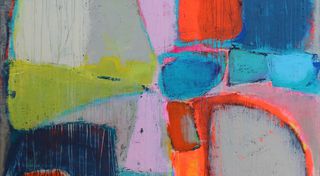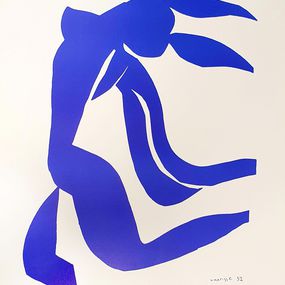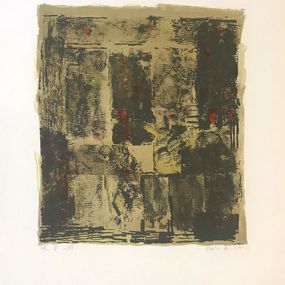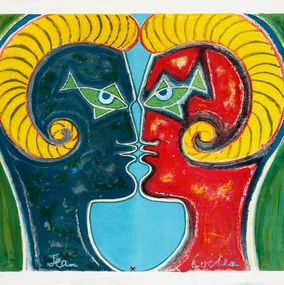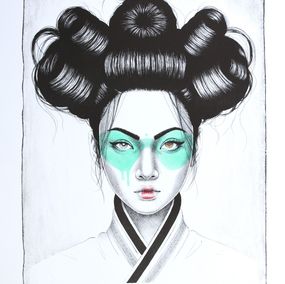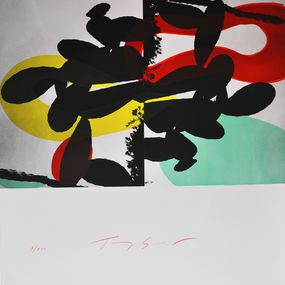
Lithographs
Lithographs are a fine art printing technique developed in late 18th-century Germany and widely adopted across Europe in the 19th century. Initially used for image reproduction, lithography soon became a favored artistic medium, especially among major figures in art history.
The process relies on a chemical principle: the repulsion between water and grease. Artists draw directly onto a limestone plate with ink or greasy pencils, then the image is transferred to paper using a press. Over time, materials like zinc and aluminum replaced the original stone, without compromising artistic quality.
The golden age of art lithographs came in the 19th and 20th centuries, with artists such as Toulouse-Lautrec, Miró, and Picasso using this method to create original, limited-edition works that remain highly collectible today.
Modern lithographs continue to attract collectors thanks to their graphic richness and market value. Each print is typically numbered and often signed, with a certified print run that guarantees authenticity and rarity.
On Artsper, explore a curated selection of original lithographs — from 20th-century icons like Warhol, Vasarely, Niki de Saint Phalle, and Dali, to contemporary masters such as Yan Pei-Ming and Hervé Télémaque. Every piece is part of a limited edition of 300 or fewer, or signed by the artist.
Save your search and find it in your favorites
Save your search to find it quickly
Saved search
Your search is accessible from the favorites tab > My favorite searches
Unsaved search
A problem occurred
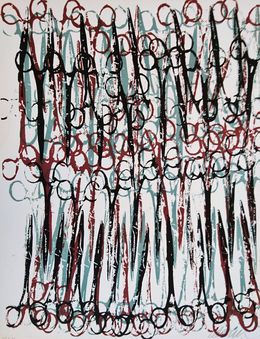

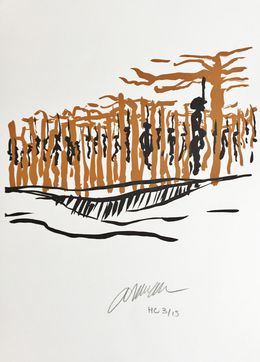



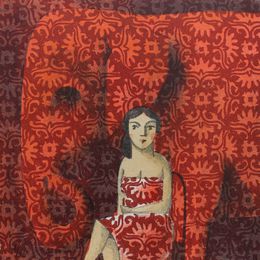
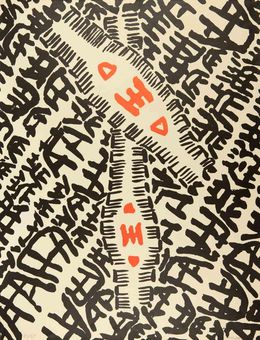






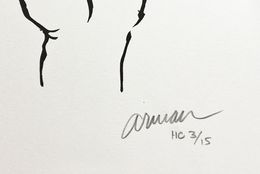

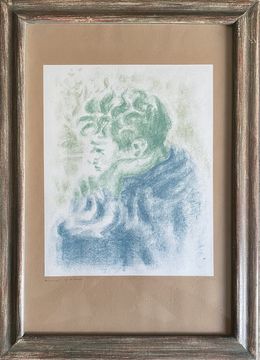
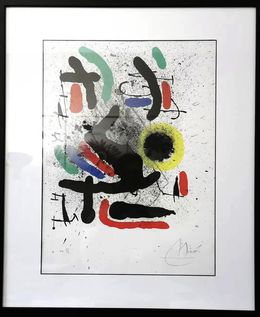




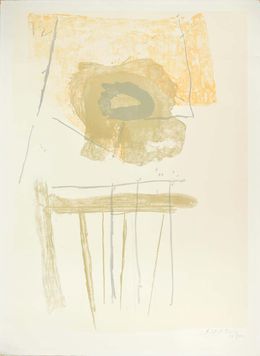




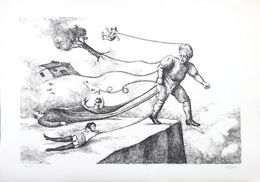





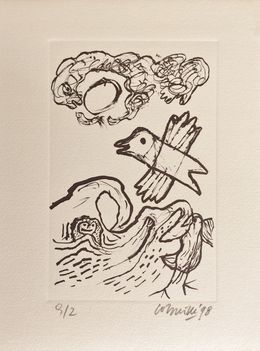
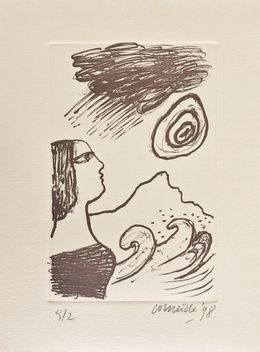

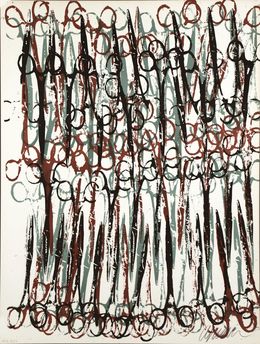
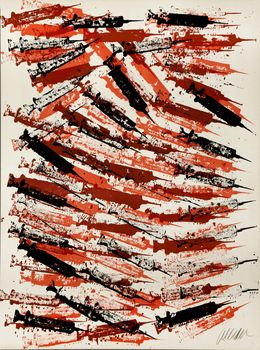
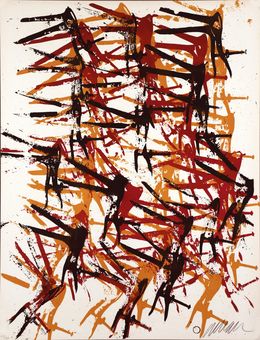
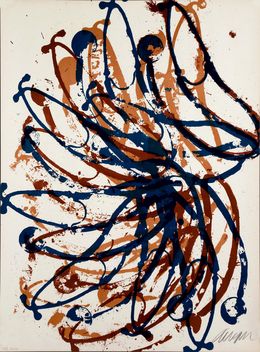

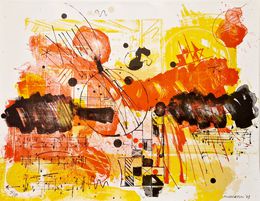

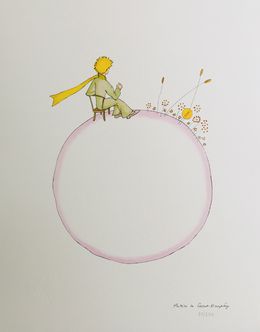
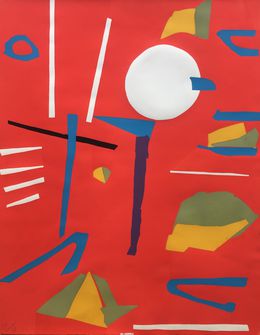






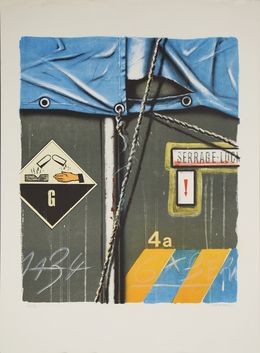

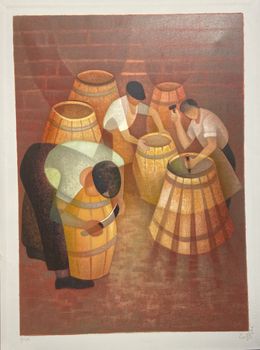


















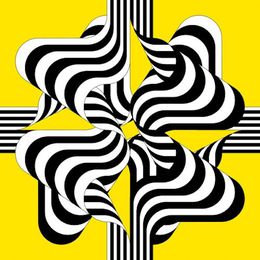
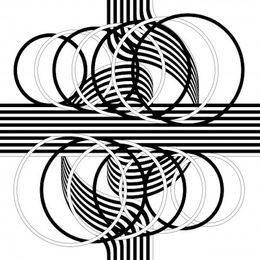








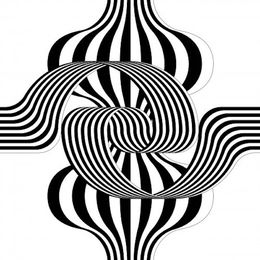



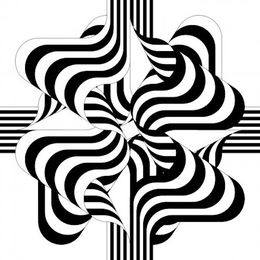

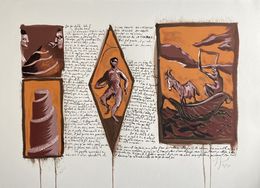

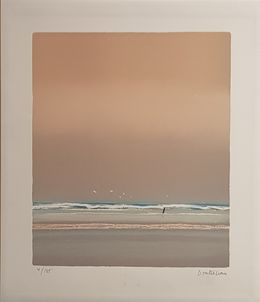

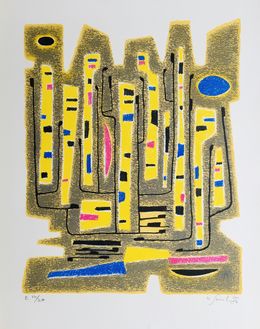
Discover the styles & movements
Discover the selection of our experts
A lithograph is a work of art created by printing from a stone or metal plate, on which the artist draws with a grease pencil. This technique allows for the production of multiple original, numbered, and signed copies.
A lithograph often has a slight texture and ink variations, while a digital print is perfectly smooth and uniform. Hand-signing and numbering are also indicators of an authentic lithograph.
Yes, a lithograph can be valuable, especially if it is signed, numbered, and produced by a recognized artist. Its value depends on its rarity, quality of execution, and the artist's reputation.
A painting is an original work made by hand, while a lithograph is a print obtained by printing from a stone or an engraved plate, allowing several numbered copies to be produced.
